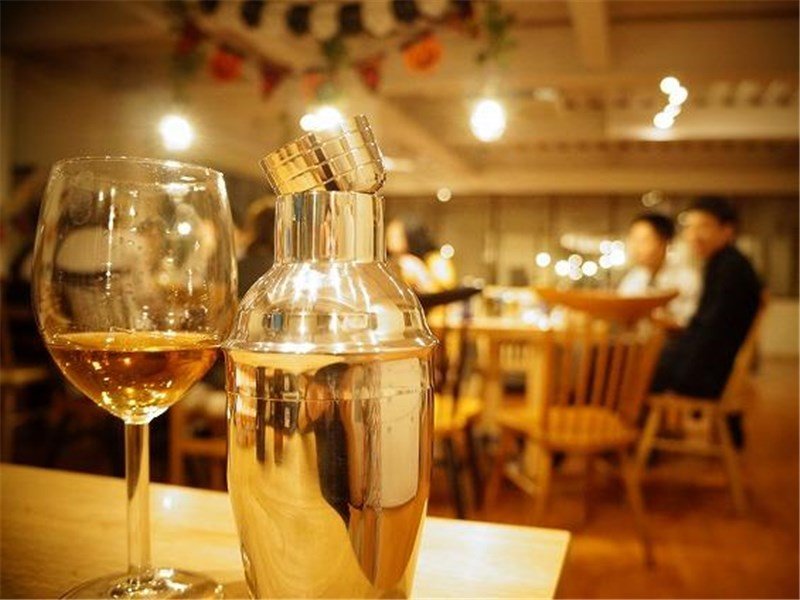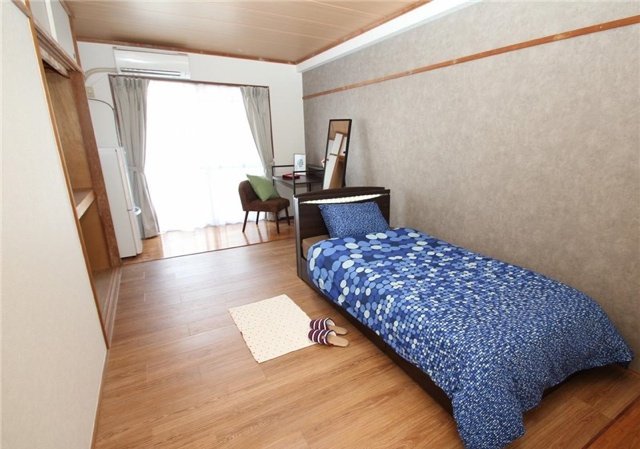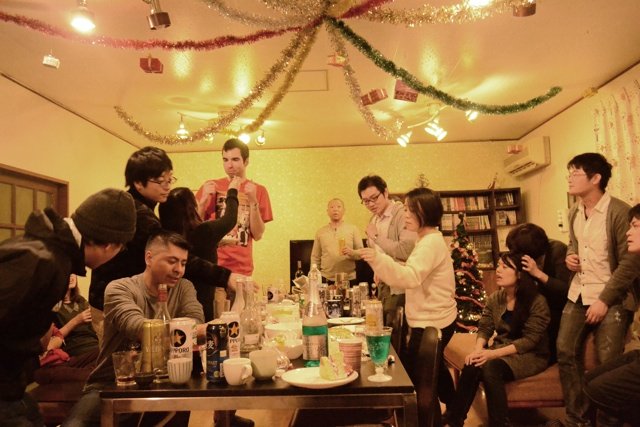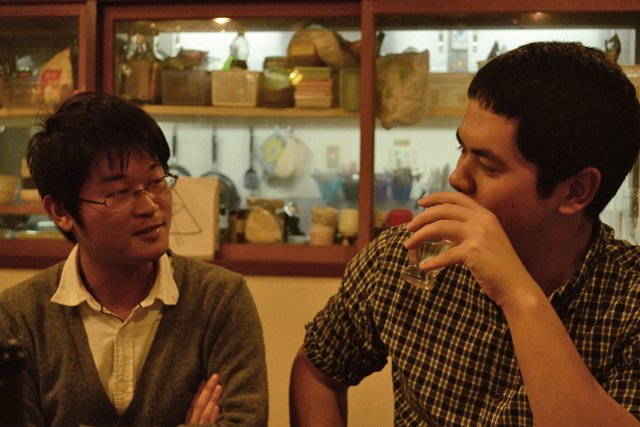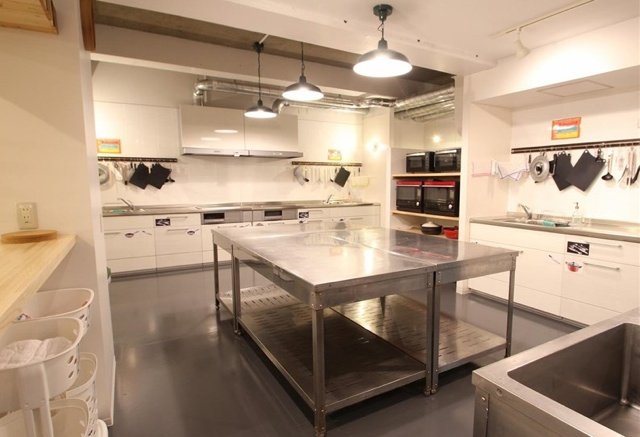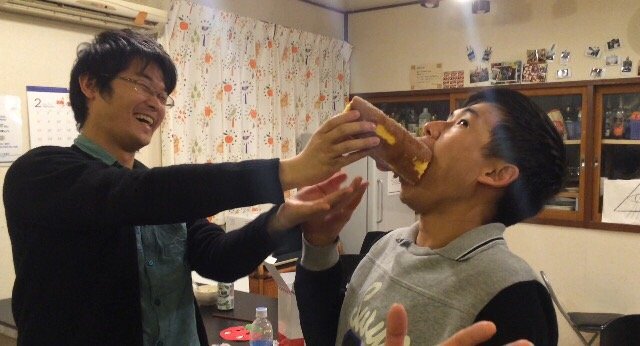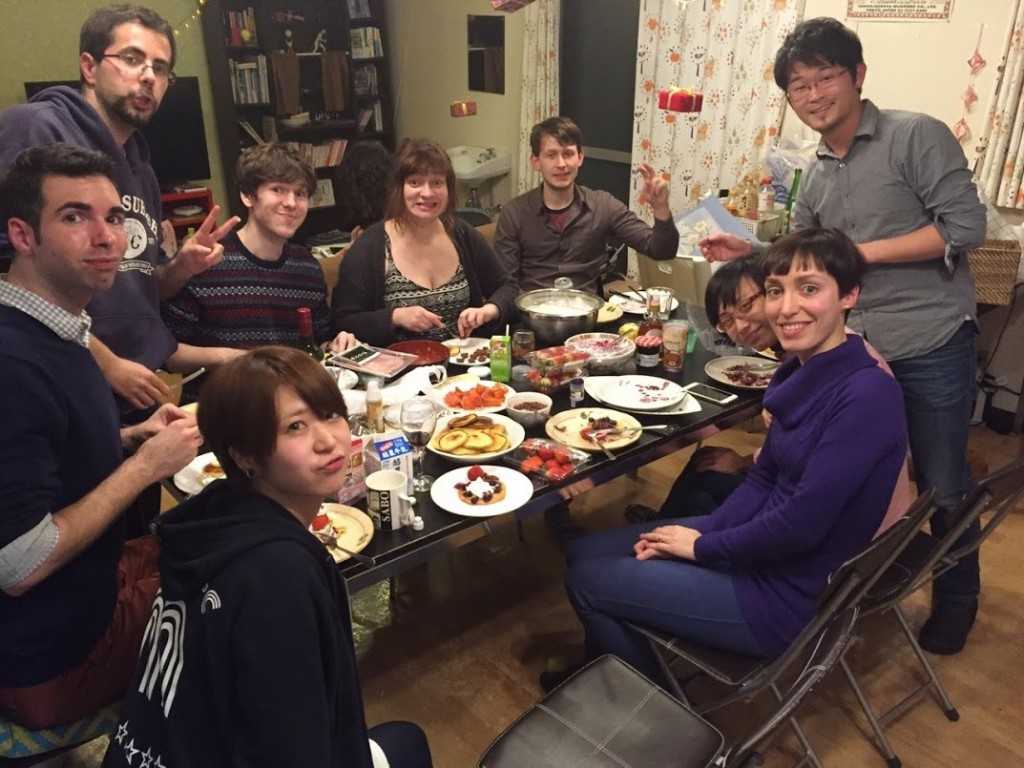
Now the end of march is coming, many of you might be thinking about moving in one of the share houses in Tokyo. As I have been living in a share house (Oakhouse Kichijoji 2) for two years now. Let me tell you 3 practical reasons why I’m happy with the house.
■ You never have to clean anywhere outside your room
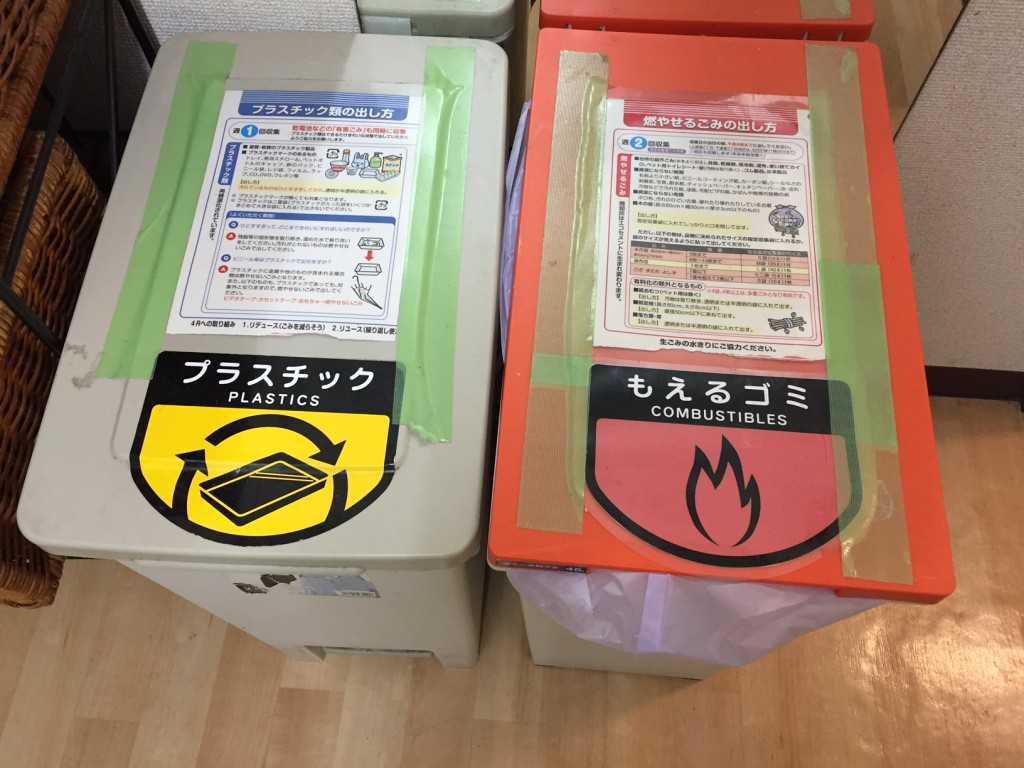
Sharing a house usually comes with some responsibilities. Cleaning up the house is one of them. Some share houses set up some clean up routines and maybe set a rule to take turn to clean up the common areas or shared bathrooms. If you (or a housemate) decide not to be cooperative, life in the house gets uncomfortable (probably disgusting) within a month.
One thing I like about Oakhouse (and it’s an important one) is that there’s no such clean up responsibilities. Oakhouse sends professional cleaning staff at least twice a week (depends on the size of the house) and make sure the common areas are clean.
This means you don’t have to clean anywhere outside your private room. It saves you a lot of time and trouble. You never have to clean the common area, kitchen, shower room, or living room. This is a privilege of living in a share house. (I own a iRobot Roomba to clean my room so I don’t even have to clean my private room. Welcome to the future life! )
Ofcourse you should clean up if you make a mess, like dropping food on the floor or wiping the table after dinner etc.. I’m talking about a common sense here. Also, make sure to wash your dishes!
■ You never miss your package
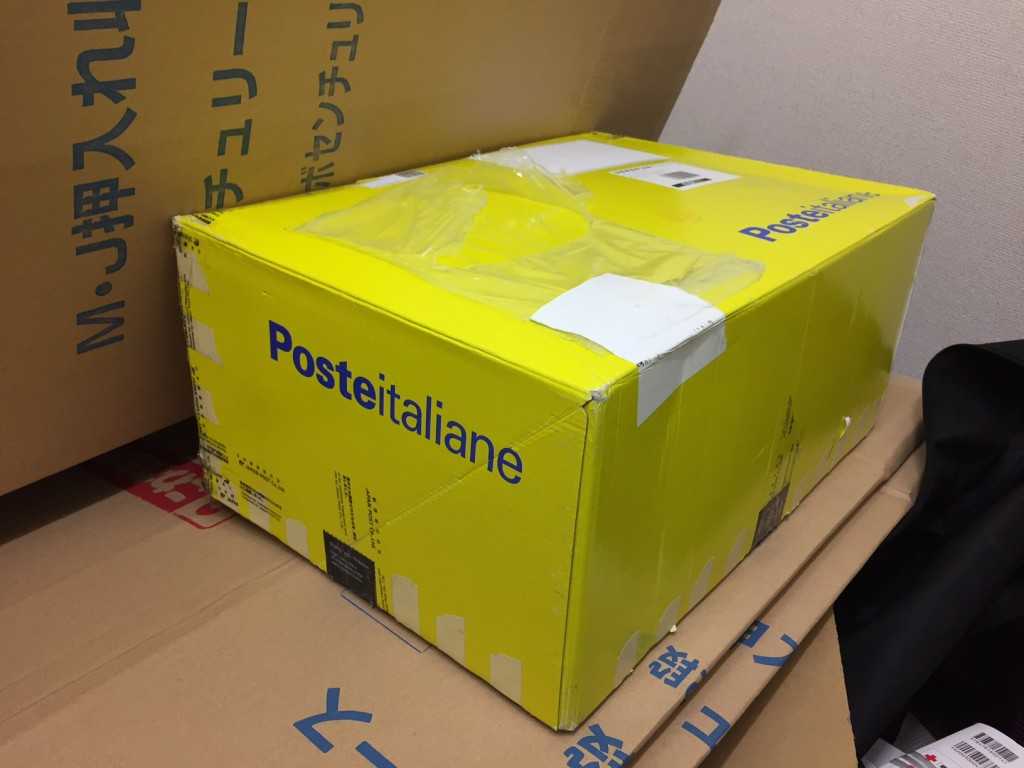
Everyone buys everything on Amazon nowadays. Free shipping, next day delivery, all the things that the retail giant offers are hard to reject. Even if you’re not a local Japanese, buying things online might come in handy. Some of my gaijin housemates often ask me to buy something online and pay me in cash because sometimes what they want (usually things they miss from their own country) is hard to find at a local store in Tokyo.
When you do buy things online, receiving the package might be hard if you’re living by yourself. You don’t want to wait at the house all day long just for the package and waste your holiday. If you’re working late, you never be able to receive the package. The delivery staff don’t just put your package in front of your door because they don’t want to be responsible if the package disappears.
It’s a different story if you’re living in a share house. Any of your housemates can receive your package and sign it for you even if you’re not at home. To do this, it might be better to live in a smaller house. so that everyone in the house knows who you are.
■ There are ways to make your rent cheaper

You can negotiate to lower your rent in Tokyo, but only when renting an apartment and it’s almost impossible if you don’t speak fluent Japanese. Share house companies like Oakhouse don’t usually answer to rent negotiation but there are other ways to make your rent cheaper.
About a year ago, I wrote an article titled “Ways to lower your rent in Tokyo (using oak house system)“. I showed 5 ways to lower your rent living in oakhouse and these tips are still valid now.
Let me tell you the easiest one. Read the No.4 tip in the article above and contact me. As I told you before, I’m currently living in one of the Oakhouse share houses, Oakhouse Kichijoji 2.
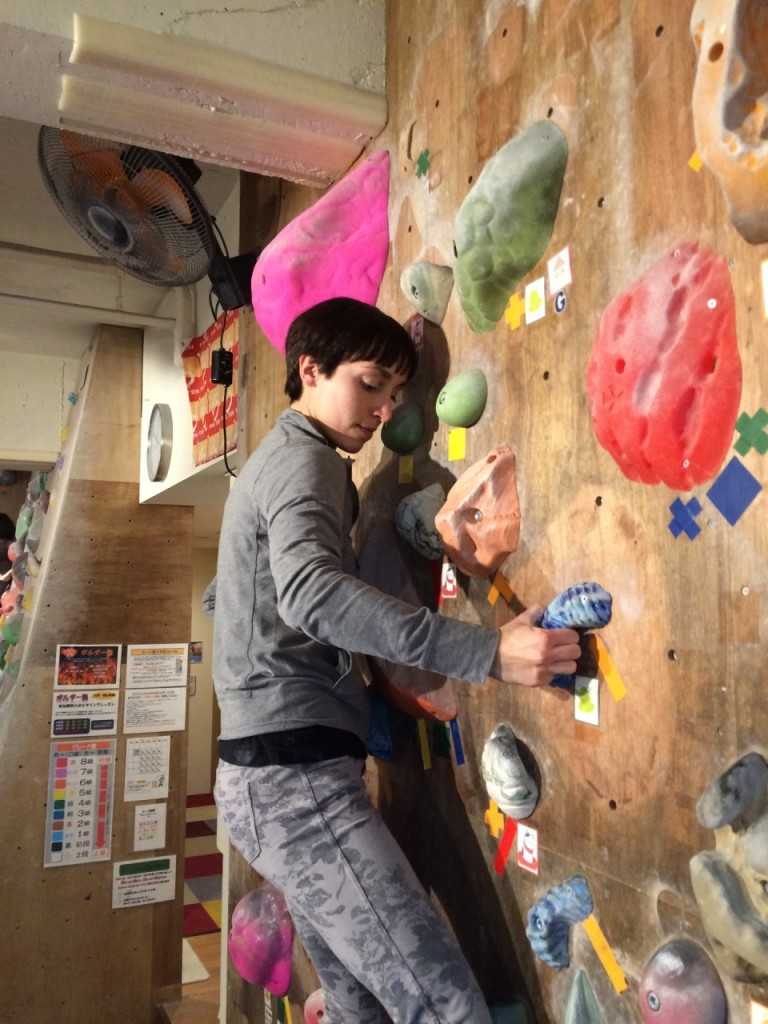
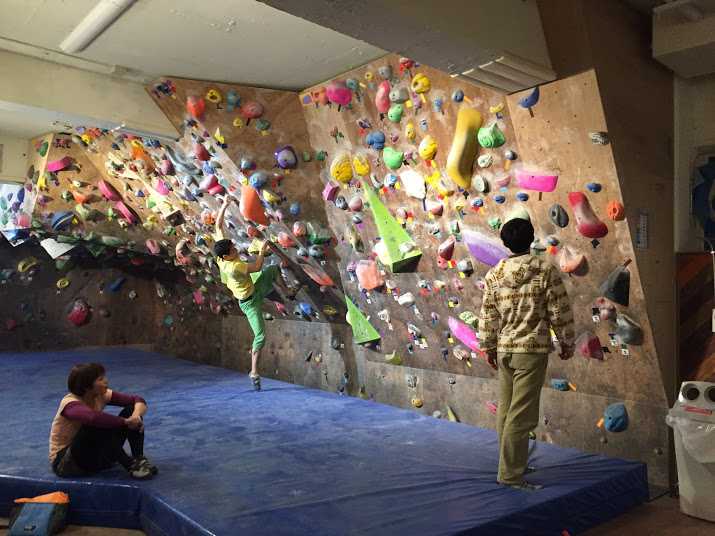 A pro-level wall.
A pro-level wall. 
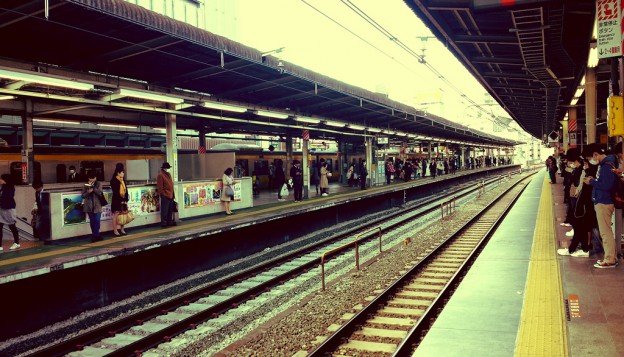
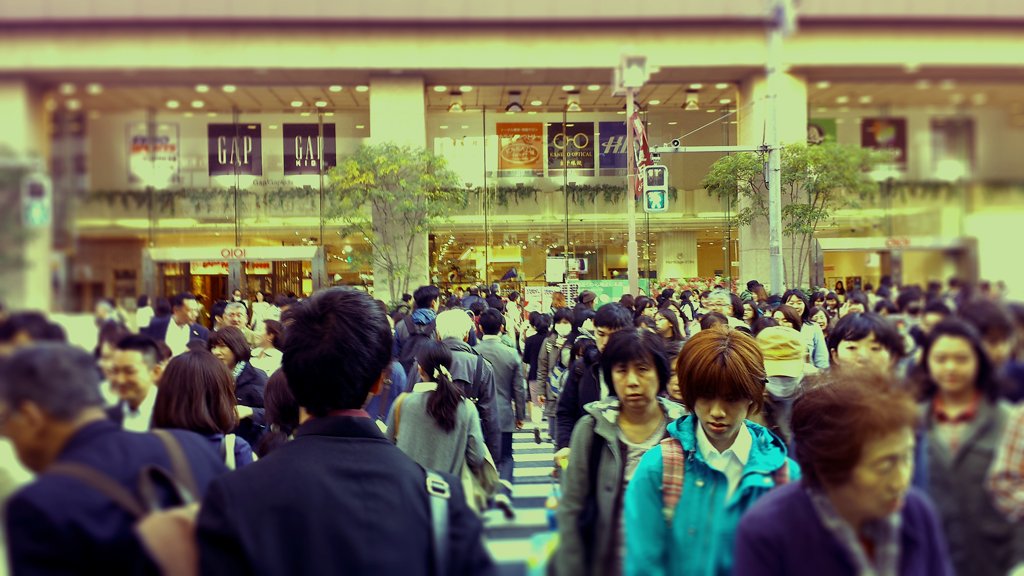
 Tokyo University of Technology’s Hachioji campus.
Tokyo University of Technology’s Hachioji campus.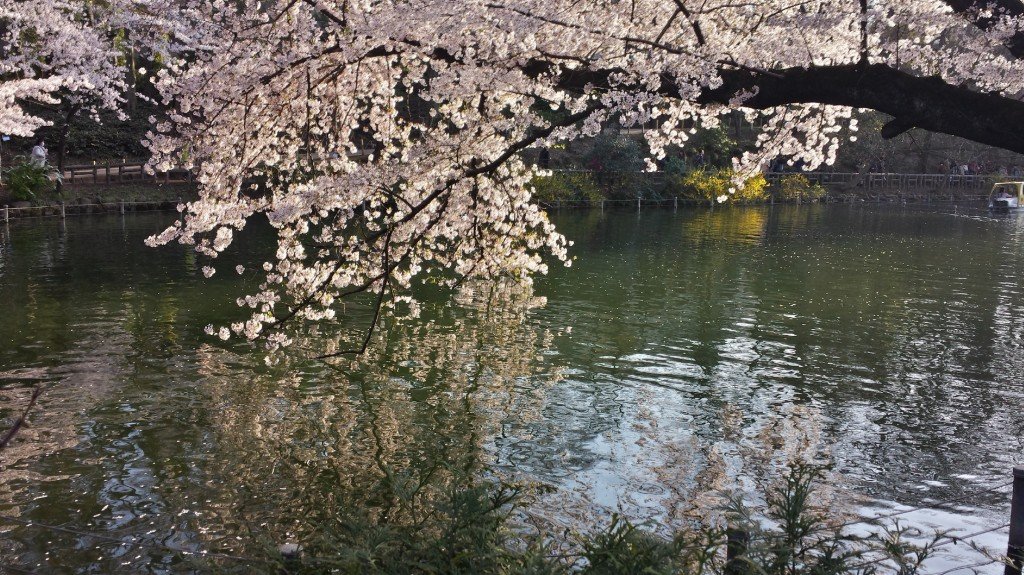
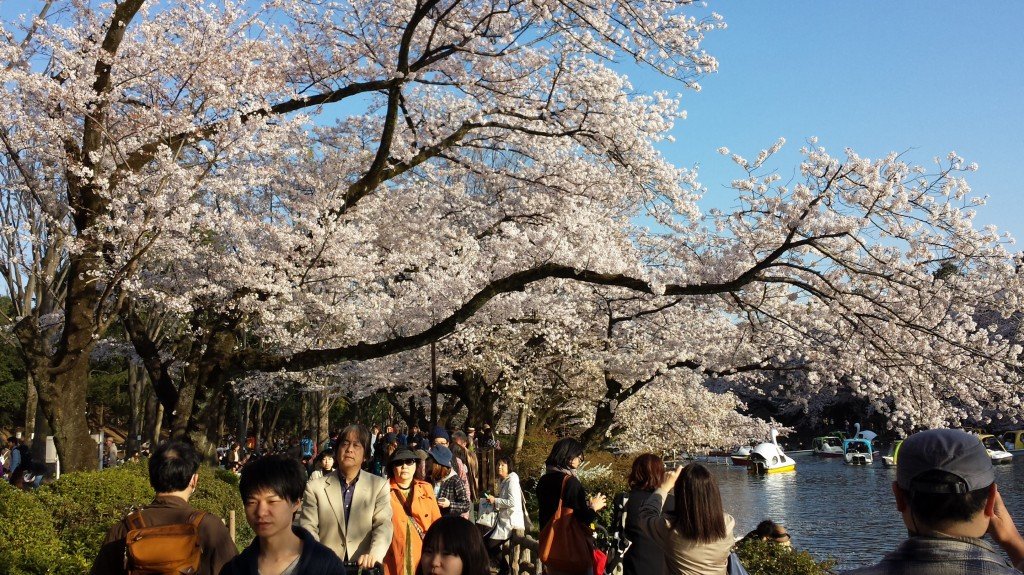 Hanami in Inokashira Park.
Hanami in Inokashira Park.